I am deeply interested in Computational epidemiology. I believe that machine learning and deep learning offer a robust framework for the biomathematical processing of data. My long-term goal is to develop methods for learning infectious disease equations directly from data. Currently, my research is focused on computational epidemiology, an essential field in today’s scientific inquiry. As a Master of Mathematics (Research) student at the University of Malaya, I am using Deep Learning methods to solve infectious diseases under the guidance of Dr. Muhamad Hifzhudin and Dr. Elayaraja Aruchunan. My undergraduate supervisor is Prof. Xiaomei Feng. Please refer to my selected works below for more insight into my research.
Publications
Journal
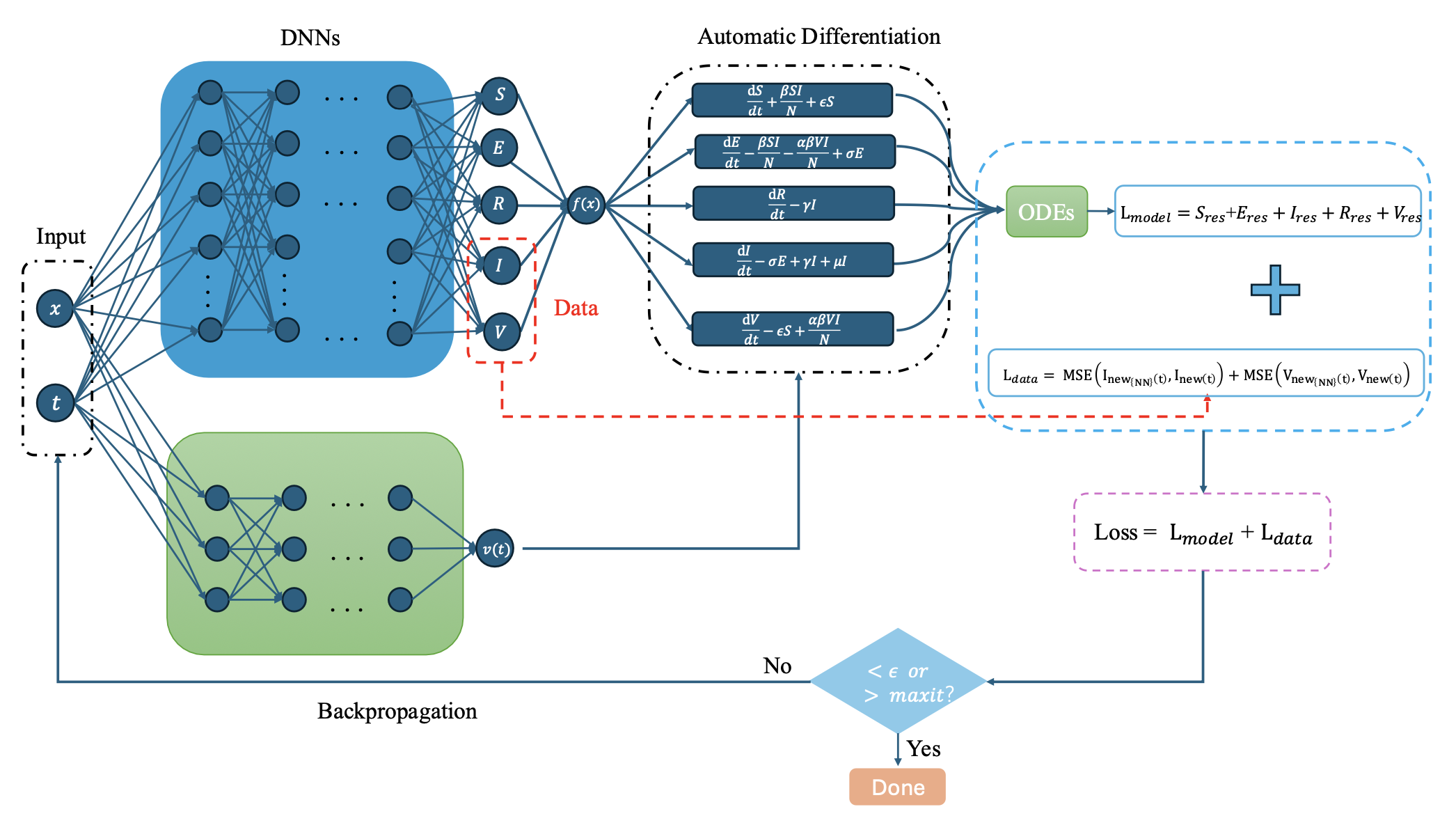
|
Leveraging dynamics informed neural networks for predictive modeling of COVID-19 spread: A hybrid SEIRV-DNNs approach
DNN
SEIRV
DINNs
Cheng Cheng, Elayaraja Aruchunan & Muhamad Hifzhudin Bin Noor Aziz
Scientific Reports, 2025. [Scientific Reports]
Developed a DINNs model that integrates the SEIRV compartment model into deep learning frameworks. This approach enhances traditional epidemic models by incorporating data-driven techniques. |
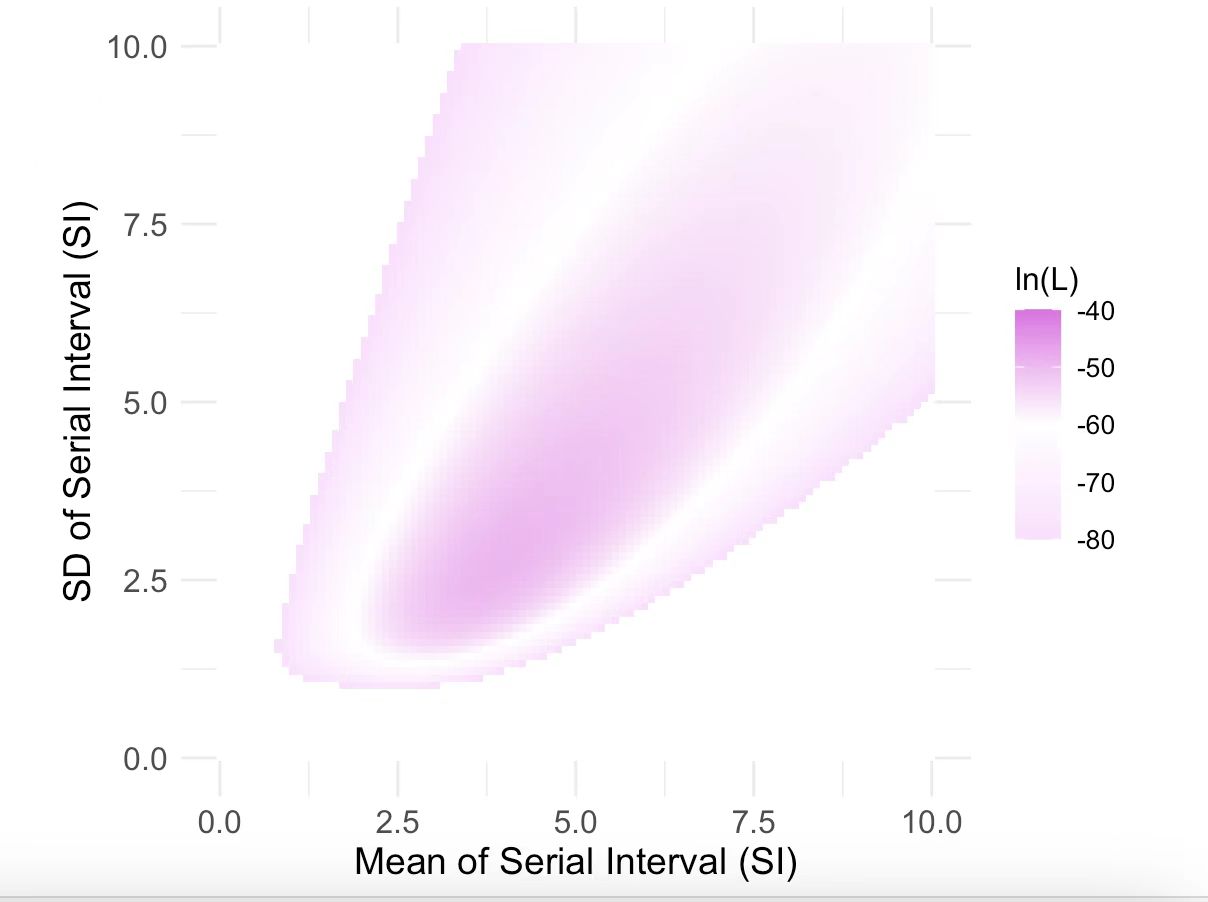
|
Retrospective analysis of estimated serial interval and reproductive number of SARS-CoV-2 Omicron variant in Korea
Serial Interval
R0
Chunjuan Zhu, Cheng Cheng, Jia Guo, Xiaomei Feng & Qiwen Sun
Advances in Continuous and Discrete Models, 2025. [Advances in Continuous and Discrete Models] Demonstrated strong data analysis skills through statistical analysis of Omicron transmission potential, utilizing Python and R for data collection, cleaning, and analysis, and providing recommendations for control measures in a research paper. |
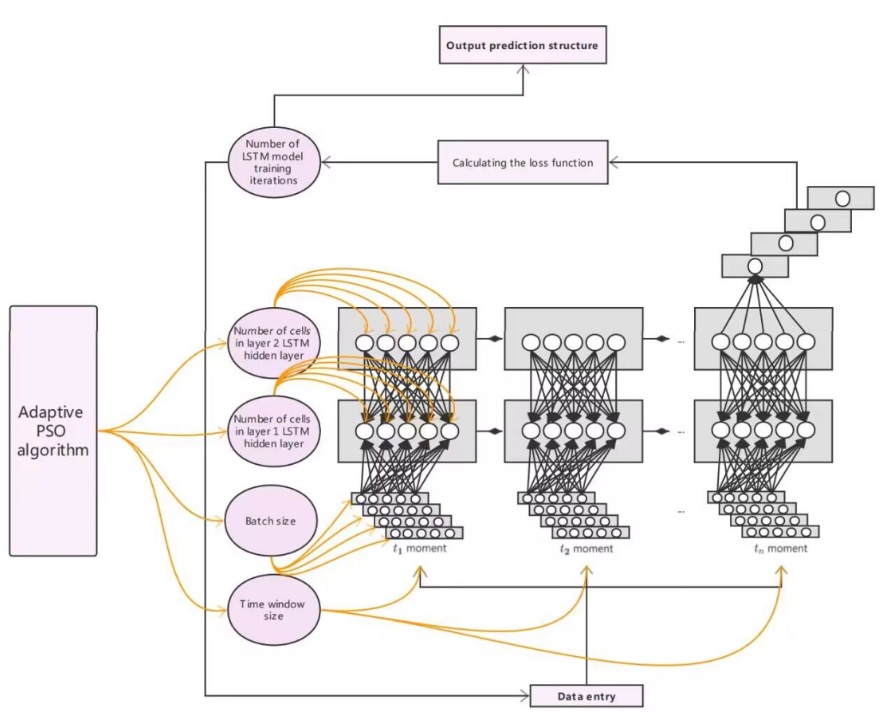
|
Prediction of World Temperature Based on PSO Optimized LSTM Neural Network
PSO
LSTM Neural Network
Temperature Prediction
Cong Pang, Cheng Cheng, Zhejun Liu, Wenbin Huang, Yong Jiang, Tao Wu, Yuhong Li
2023 IEEE 3rd International Conference on Information Technology, Big Data and Artificial Intelligence (ICIBA), Volume 3, Pages 125-130, Published by IEEE, May 26, 2023. [ICIBA2023] This paper tackles the global warming challenge by proposing a model that combines a long short-term memory (LSTM) neural network with a particle swarm optimization algorithm to predict global average temperatures. The model outperforms BP, LSTM, and PSO-BP models in prediction accuracy, demonstrating its potential in time series prediction of global temperatures. |
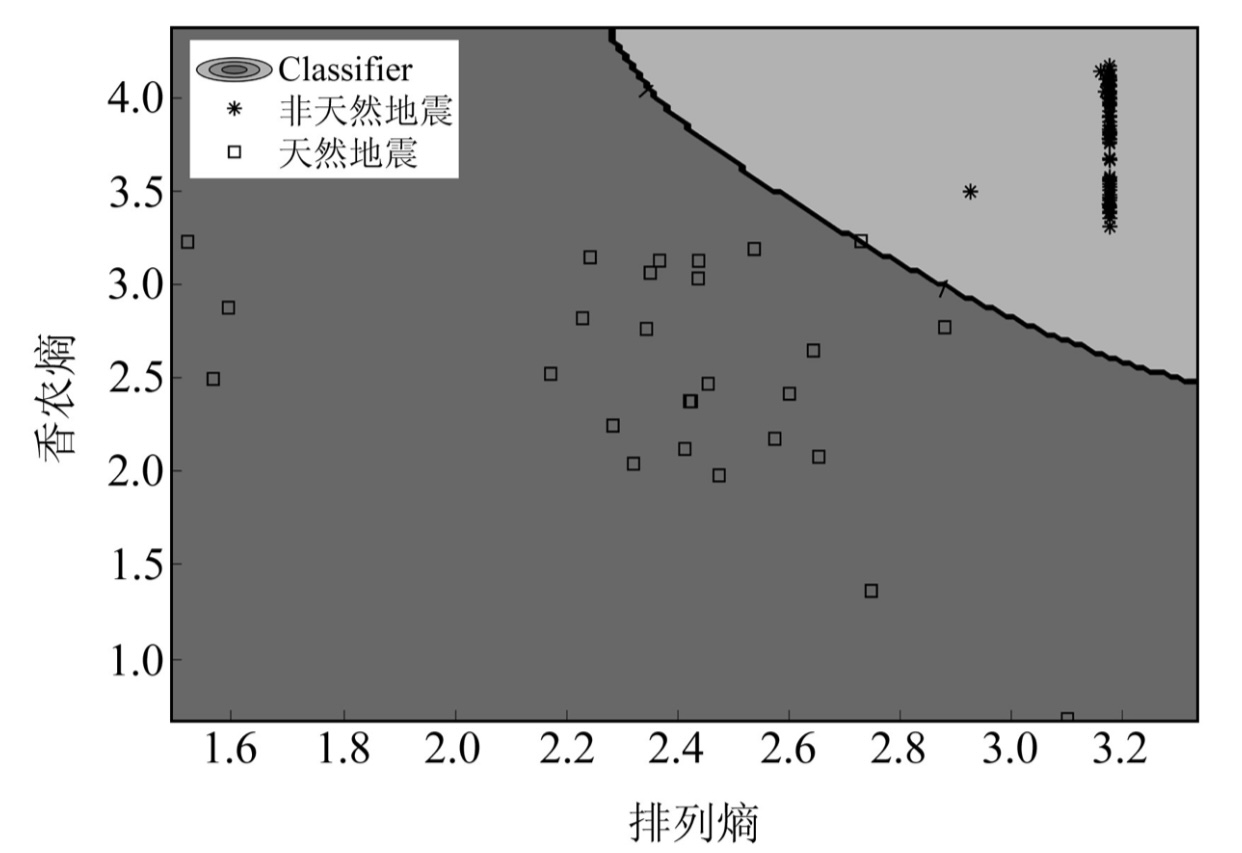
|
Research on Identification of Seismic Event Properties Based on Least Squares Support Vector Machine and Entropy Feature
Review writing
SVM
Cong Pang, Chengwang Liao, Yong Jiang, Cheng Cheng, Tao Wu, Peng Shu, Wei Ding
Journal of Geodesy and Geodynamics, 2022. [ Journal of Geodesy and Geodynamics] Based on a total of 500 waveform data such as earthquake events and artificial blasting interference events in 2021, a number of random sampling sub-experiments with different training ratios and test ratios were designed, and the accuracy, recall, special effect, precision, and F-measure were used to verify the validity of the model. |
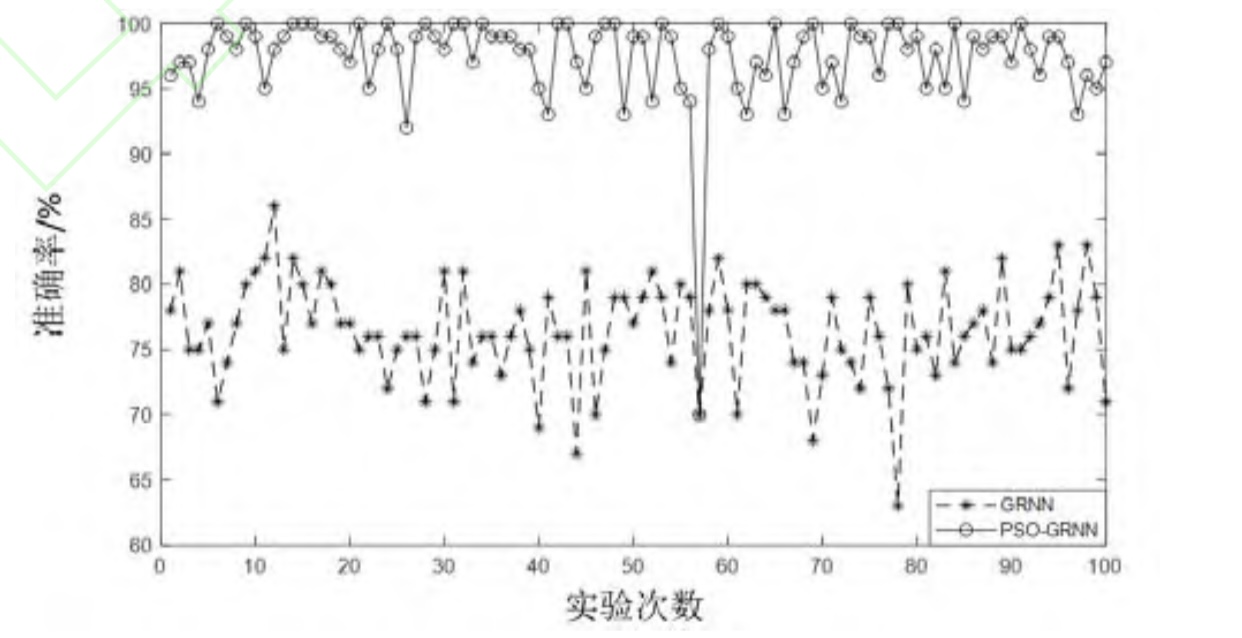
|
Research on seismic discrimination based on particle swarm optimization generalized regression neural network and HHT sample entropy
Experimental Design
PSO
Cong Pang, Wei Ding,
Cheng Cheng, et al.
Progress in Geophysics, 2022. [Progress in Geophysics ] A new method for earthquake type identification based on particle swarm optimization generalized regression neural network and HHT sample entropy is proposed. The recognition accuracy of only 50 items can reach more than 98%. |
School Journal
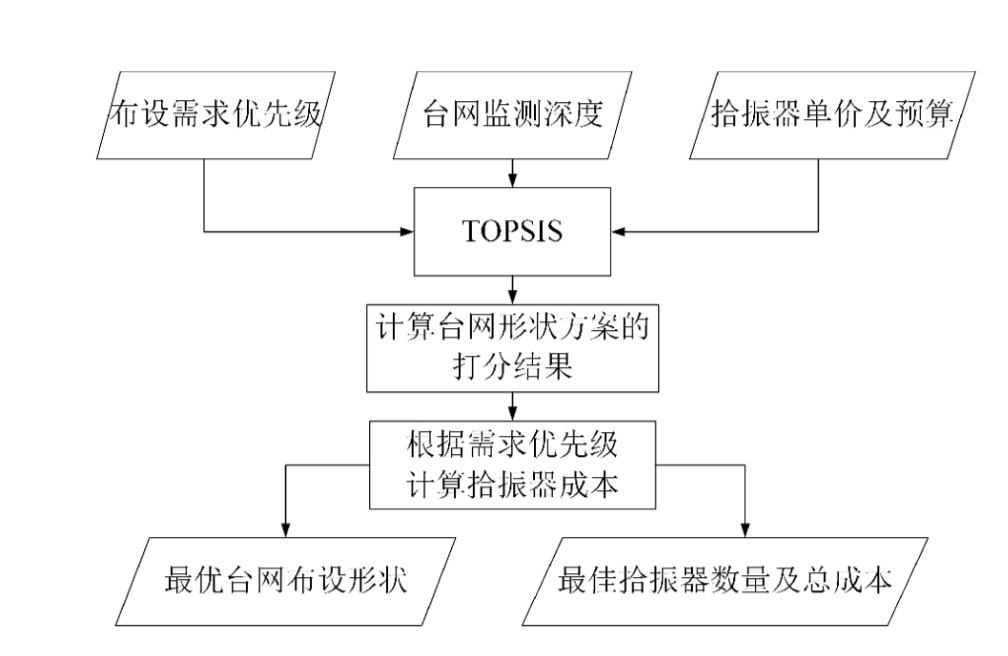
|
Decision-making platform for mine mcroseismic monitoring network layout plan based on TOPSIS and ZedGraph graphic controls
TOPSIS
Zedgraph
Cong Pang,Lei Wang,Wugang Ma,Cheng Cheng,et.al
Journal of Shaoyang University(Natural Science Edition), Summer 2022. (Work was done in Spring 2022, published in 2022.) [paper on page 1-8] A decision-making platform based on TOPSIS and ZedGraph graphic controls for the layout of mine microseismic monitoring network is designed. The platform can accurately output decision-making results, with a friendly interface and easy operation. It has certain practical significance in the research and development field of microseismic monitoring software system. |